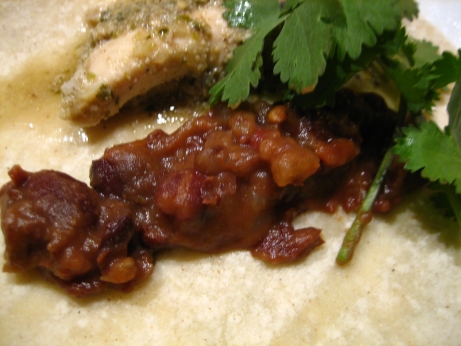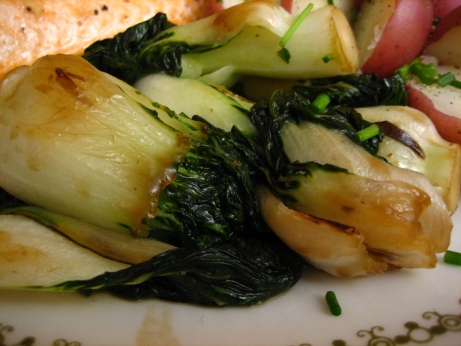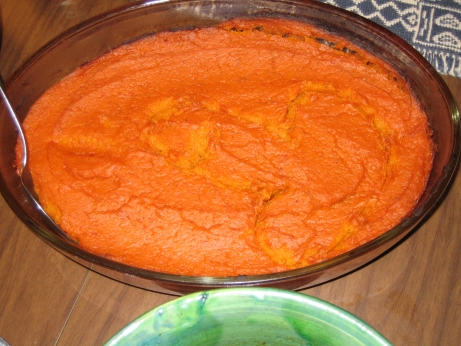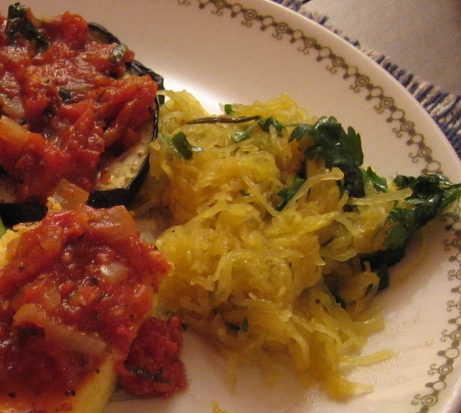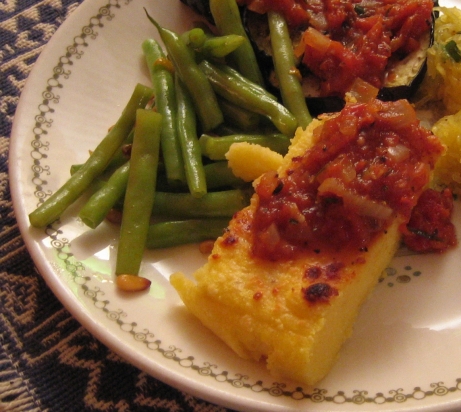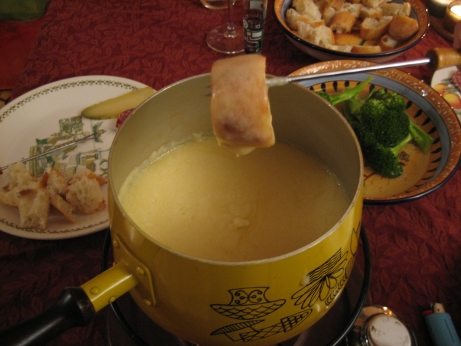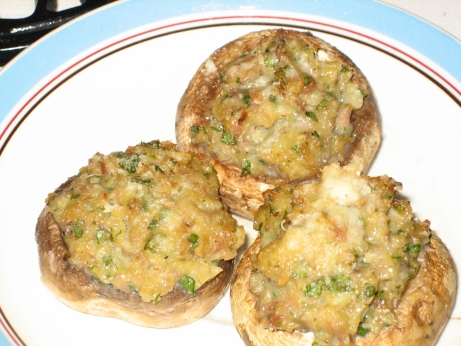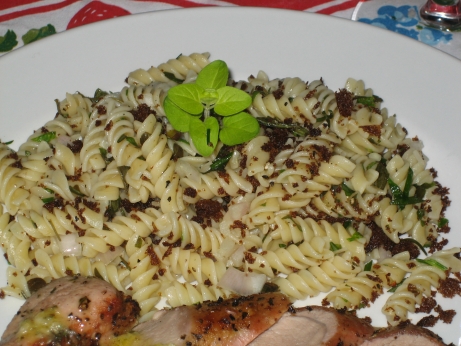
I couldn’t find a recipe for this online, but this is more a concept than a specific set of instructions anyway. The idea is to toss spaghetti with extra virgin olive oil, butter, minced shallots, and any and all herbs growing in the garden. The pasta is then sprinkled with bread crumbs which you’ve toasted in olive oil. The heat of the pasta releases the flavours of the herbs, without wilting them too much, and the uncooked shallots are warmed but retain their sharpness.
There are no specific instructions for which herbs to use, or in what proportions. It’s totally dependent on what you have on hand. I had a grand old time out on the balcony with a pair of scissors. I ended up with basil, thyme, rosemary, oregano, parsley, chives, sage, lavender, and lemon balm. Those last two were unexpected flavours, but they absolutely made the dish for me. I got really lucky and randomly combined my herbs into a near perfect flavour medley. I couldn’t repeat the process, I just snipped a bit of this and a bit of that, and I ended up with a completely delicious and intensely fragrant plate of pasta. My dining companion thought it was good, but not transcendent, but for me it was exactly the right dish at exactly the right time. It was perfectly suited to a warm night out on the balcony.
The bread crumb topping adds a textural counterpoint to the pasta, but not one I thought was really necessary. The Book says that the bread crumbs don’t weigh the dish down the way cheese would, but I just found them oily. Admittedly my bread crumbs weren’t coarse, and they might have worked better if they’d been more like tiny croûtons. Mine were more of a sandy coating on my pasta. It didn’t really detract from my enjoyment of the dish, but I think they ruined it for my dining companion.
You may also notice that I didn’t use spaghetti in this spaghetti dish. I can’t bring myself to care about the different shapes of pasta, and I resent having to remember all of their names. They’re all exactly the same, shells, spirals, round strands, flat strands, big tubes, and small tubes all interchangeable in my mind. Sure, some shapes hold on to some sauces better, and finding things hidden in little shells can be cute. But, the idea that we all need to keep fifteen different shapes of pasta on hand to do justice to the traditions of some particular Italian hamlet is just annoying. They all taste exactly the same, and I’m going to use them as such. The only downside is that the different shapes really do differ in surface area. The amount of sauce needed to coat is proportional to area, which has little to do with mass or volume, so it does take some guesswork to avoid over or under saucing.
The concept of this dish is great, it’s simple and summery. It uses herbs at their peak, and allows for creativity around a central theme. It also has the advantage of not heating the kitchen up too too much. I was thrilled with the flavours at work in my version, and I can only hope you get as lucky as I did if you try this for yourself.
